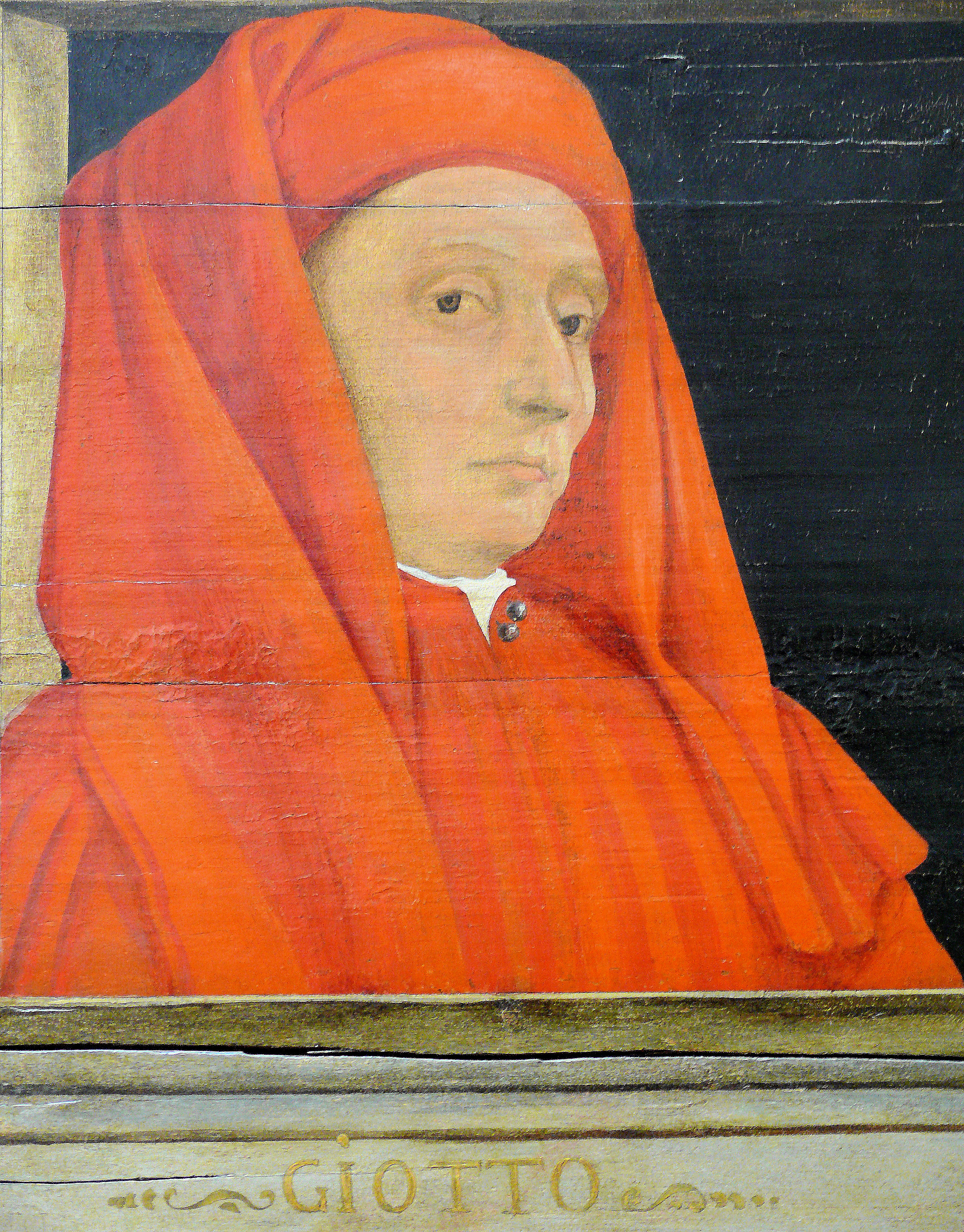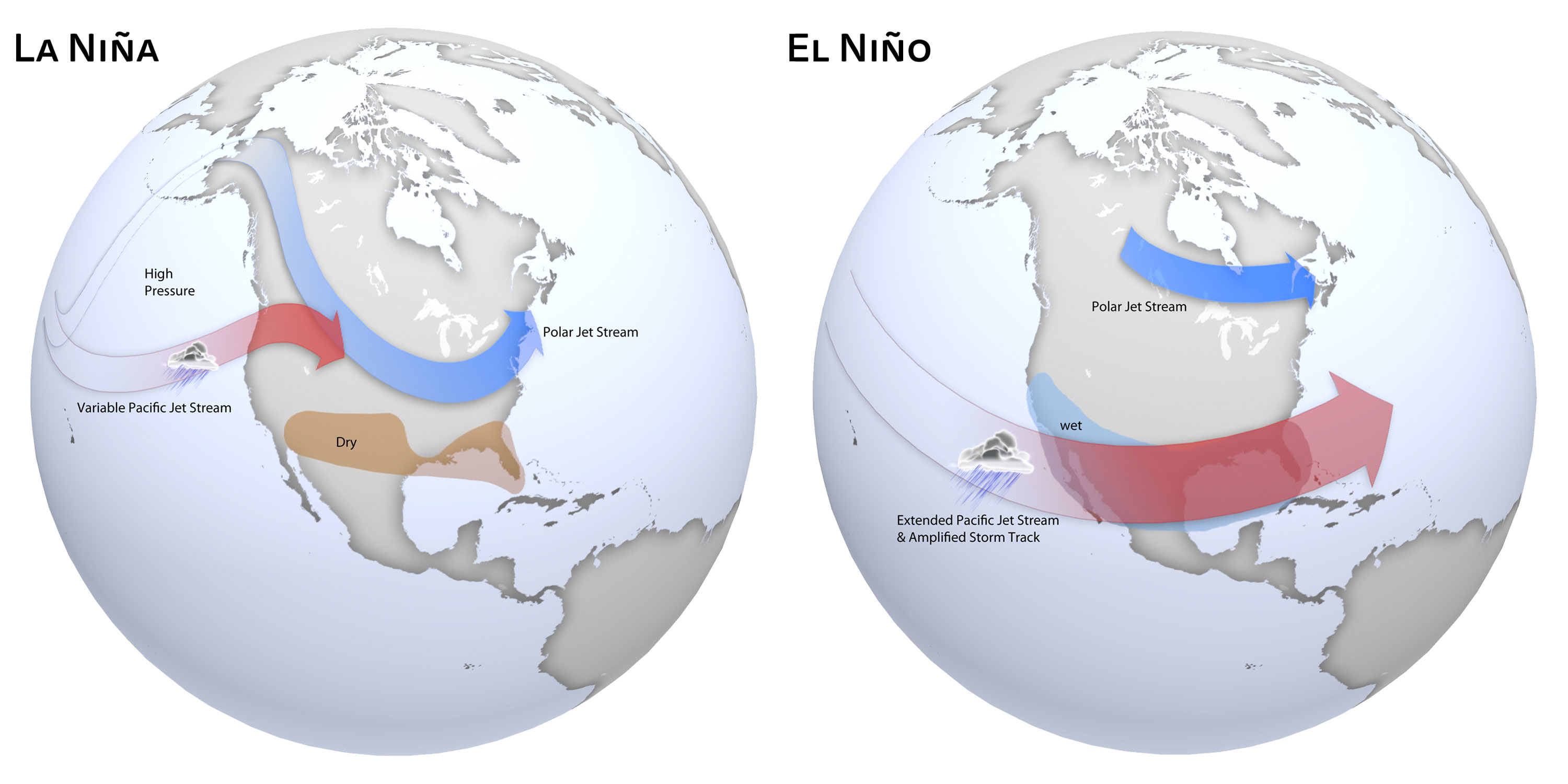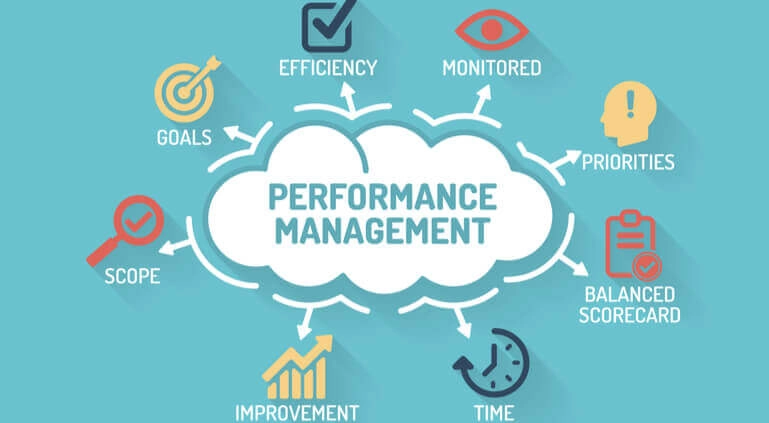Humanities: Assignment Two
UNIT 2
(Humanities: Assignment Two)
Student Name: ______________________________________________
(Your NAME must be exactly as it is on the roll in e campus and in WEBCOM2)
Your Section Number _____________ (you must enter your section number)
The Unit 2 Assignment 2: Unit Two in the Textbook. ONLINE HUMA 1315 send this to professor through WEBCOM 2
DIRECTIONS: The assignment is in WORD. Save the document to your computer and write your answers in the spaces given. You may change the spacing as needed. You are also asked to just write what your thoughts are and what you think such as your own opinion for some answers for some questions.
NOTE: Turn in assignments using WEBCOM2 Internal Messages found under MENU in the top left corner of the site. You may either attach your Word file or copy and paste your entire submission in the message box. Be thorough in your answers. You should use the Textbook, Essential Humanities third edition and/or the Study Guide. The Study Guide is not mandatory; however, it is there for your enrichment. The Study Guide is in WEBCOM 2 in the tab labeled Student Resources. You may also want to use additional information for any assignments from the Internet. If you do, please remember to cite your source at the end of your answer. If you add additional information from the Internet, this is great, but you must cite sources. This applies to photos as well. (Remember that SLO and ULO are for evaluator and for this course to be certified and you do not have to do anything with them. However, they show that the assignments are aligned with the text, WEBCOM 2 and with the test questions.)
When completing your assignment questions, you should use the text for your answers. You may also want to look at the WEBCOM 2 website and the PowerPoints related to the great artists and individuals mentioned in Unit II, and the colored timeline. The timeline shows historical periods. These are available in the Student Resources’ tab. Do not worry about timeline dates being exact. Different sources give different dates depending upon who wrote the timeline. Dates also overlap with time periods, so dates are sometimes given as “approximate dates”. Subject in a question means what it is about. Answer all the following questions: (Humanities: Assignment Two)

1. Explain what makes Giotto an important artist and why many historians consider him important in history?
Why is Giotto considered a “transitional” artist? (SLO2: ULO 2.3)
(EXPLAIN WHAT MAKES HIS WORK SIGNIFICANT IN YOUR TWO ANSWERS FOR #1)
2. Distinguish what subject matter the artist, Johannes Vermeer painted during the Baroque Period in Holland? Refer to textbook appendix for visuals. (SLO 1: ULO 1:3; SLO 2, ULO 2.2) You should also write about what you think about his paintings.
EXPLAIN WHAT HIS PAINTING WERE ABOUT SUCH AS WHAT WAS IN HIS PAINTINGS?
3. Pieter Brueghel’s work is unique for his time. Examine the cultural heritage of the people in his paintings. Refer to textbook appendix for visuals. (SLO 2: ULO 2.2, 2.4; SLO 3: 3.2) EXPLAIN WHAT HIS PAINTING WERE ABOUT SUCH AS WHAT WAS IN HIS PAINTINGS?
4. Leonardo da Vinci’s painting known to us today as the Mona Lisa is his most famous work, however, he was active in many other fields. Give examples of how his background influenced his productivity. (SLO 3: 3.2, 3.3)
EXPLAIN SOME TYPES OF INVENTIONS
5. Review the types of work that Michelangelo Buonarrotti (Michelangelo) created and describe a minimum of two of his major works and how they fit into the Renaissance period. Refer to textbook Unit 2 (and Unit 3, p. 129) and the appendix for visuals. (SLO 1: ULO 1.3; SLO2: 2.2; SLO3, 3.3) He usually went by just Michelangelo. Please be thorough in your descriptions of his work.
1. A major work (Title):
Description of the work:
2. A major work (Title):
Description of the work:
6. Francisco de Goya’s health conditions and the political pressure at his time influenced the subjects for his prints, paintings, and the etchings.
Summarize what you learned about his etchings, “The Disasters War”, and, or the painting about the execution scene, titled, “The Execution of the Citizens of the Third of May”. (Refer to textbook appendix for visual or look it up in the internet). (SLO 2: ULO 2.4; SLO3: ULO 3.2)
EXPLAIN ANSWER FULLY
7. Jackson Pollock’s art style is referred to as Abstract-Expressionism. Explain his use of elements such as line and color in his artwork and explain how he was able to express strong emotional responses through to his audience. (SLO2: ULO 2.3)
EXPLAIN ANSWER FULLY
8. At age 27, when Vincent van Gogh left Holland to stay with his brother in Paris, his color palette changed from his early dark brown tones to very bright intense colors. (such as bright yellow and blue) What did you find interesting about his life and write about some of the factors that you think may have had an impact on his art works? (SLO 2: ULO 2.4) For example, when he went to Paris, he saw new paintings by Impressionist artists who used pure colors. These artists did not add brown and mix it with green, orange or blue. (Humanities: Assignment Two)
(You may use other sources also but if you do you must give your source or sources other than the text.)
9. Identify the main four types of printmaking processes discussed in the text and define each
There are four processes (methods) mentioned. (SLO2: ULO 2.3)
Directions for his questions: Name of a process of how the artist does the print in their studio and name the art work. (which the product is)
For example, Intaglio is a process or method and the product is an etching.
Name each of the 4 processes mentioned in the book. Explain what they are by reading information from the text and or study guide.
List the types of prints and the define the process and name the product or art work below:
a.
b.
c.
d.
Information about Printmaking
*If you want to invest in prints you want to buy the first or the last. For example,
25/25, 1/25, 1/25, 1/50, 50/50, 1/500, 500/500, 1/200, 200/220
Important Information about PRINTS:
(An edition is either 5 or 15 or 25 or 100 etc. pieces of all the same. In other words, the artist makes the prints all of the
Same quality. They all must be the same in the edition .
10. Identify a minimum of 3 major factors that influenced the 3 following individuals’ lives while they did their work.
Refer to Unit 2. Be thorough. Discuss what affected them and what influenced their work. (SLO 2: ULO 2.4) You may use other sources but if you do then give source/s.
Rembrandt Van Rijn
A. Influence/s identified:
B. What do you think influenced this artist and you may want to include names of work/s.
Katsushika Hokusai
A. Influence/s identified:
B. What do you think influenced this artist and you may want to include names of work/s:
Louis Armstrong
A. Influence/s identified:
B. What do you think were some major influences in this musician’s life to help him create?
11. Matching: Select the correct artist or architect. Write in the correct name of artist in the blank below the work: (SLO 3: ULO 3.5)

Figure 1 Landscape. Scene with dark green cypresses to the left painted using flowing broad strokes. A city in blue tones to the right bottom of the painting blends into the blue mountains behind the city and darker mountains in the distance. The sky is blue with swirls and yellow blotches and circular sun in yellow tints to the top right. (Humanities: Assignment Two)
_________________________________________________________________________
A. Frank Lloyd Wright
B. Vincent van Gogh
C. Pablo Picasso
Figure 2 Grayscale painting of a war scene. To the right, a bull’s head and upper body. Below a human face with open mouth facing upward to the bull. The body appears to be of female holding a child hanging limp in her arms. Below is a shape of a man’s head and various body parts. A horse’s head is in the center of the painting. Open mouth. Teeth shown. A horse’s tail is to the left above the body parts. Center top has a sun shape with a lightbulb inside. To right more body parts, faces and to the very right a shape of a person facing up with mouth open and arms stretched upward. (Humanities: Assignment Two)
_________________________________________________________________________
A. Frank Lloyd Wright
B. Vincent van Gogh
C. Pablo Picasso
Figure 3 A photo of a building. The terraced house is located over a waterfall coming out over some yellow-greenish rocks. Green trees are to the right and left and above the house emdedding it in greenery. The house has two terraced levels above the waterfall. The platforms are in pale yellow tones and the indoor area is within a glassed area with brown structural framwork. The upper level is a balcony with two people. To the center into the greenery the building chimney and another part of the building stand tall in pale beige stone and the brown framework with glass window. The planes are symmetrical.
_________________________________________________________________________
A. Frank Lloyd Wright
B. Vincent van Gogh
C. Pablo Picasso
Figure 4 Painting of six Caucasian men in dark robes and with white rectangular collars. Four have blond shoulder length hair, two somewhat shorter. Four of them have moustaches, one a goatee beard. Five of the six men wear top hats with broad rims. A sixth man in the back does not wear a hat. To the left a wooden chair and one of the men appears to be rising from this. In the center a table cloth in yellow and orange colors and a book or document with white pages. This appears to be the center of their focus, however, all men are facing the viewer. The wall behind the men is wooden panel and flat semi-smooth wall. The panel wall color is beige, green, brown and the wall color is beige, yellow and pale greenish. (Humanities: Assignment Two)
_________________________________________________________________________
A. Sir Peter Paul Rubens
B. Raphael Sanzio
C. Rembrandt
Figure 5 Figure 6 Painting of woman holding a baby cradled with her left arm. The woman has dark brown hair drawn back into a bun. Her left cheek is touching the baby’s right cheek. The baby is plum, has red cheeks, yellow-brown, slightly curled hair and holds the left hand to the mouth, palm facing the viewer, and the right arm almost touching the woman’s right cheek. The baby is facing the viewer and is dressed in white. The painting is upper body of the woman who is wearing white and a pale pink-organge pastel tone apron. The background behind the pair is green. Detailed painting with pastels and softness. (Humanities: Assignment Two)
__________________________
A. Paul Gauguin
B. Raphael Sanzio
C. Mary Cassatt
Figure 7 Mural. A park scene. 36+ people. Men and women. Caucasians, blacks, Hispanics. Adults, children. Centered is a couple. Man in dark suit and with a brown walking cane. The woman to his right wears a beige dress with a fur collar. Her face is a skeleton under a huge bonnet hat. There is a man in a dark brown suit asleep on a green park bench to the left. A bunch of colorful balloons float to the left in the mural. A larger balloon reads RM to the right if the center. Brown, swaying tree stems and green and yellow leaves. A building in the far back right has a cupola roof and a man with a large Mexican hat on a horse to the very right holds a rifle. A little bit of blue sky is seen in the mid center back of the painting. (Humanities: Assignment Two)
_________________________________________________________________________
A. Paul Gauguin
B. Raphael Sanzio
C. Diego Rivera
Figure 8 A feudal landscape scene. Dark bluish and white/gray storm clouds in the distant back are broken up to a clearer sky in places. Distant black hills center the back of the image. A town towers on top of a green hill to the right with a gray town and a town wall moving down toward center left of the painting culminating in a bridge over a river. The green-blue waterway moves toward center front in the image. Trees, and green grass flank the river in the foreground. (Humanities: Assignment Two)
_________________________________________________________________________
A. Michelangelo
B. El Greco
C. Diego Rivera
Figure 9 Sculpture of a woman in rich drapes holding a dead man in her lap as if he were a child. The woman’s face is serene bent slightly down as she faces down his midsection with closed eyes. Her head is proportionally much smaller than her body. The man’s head is to the left in her arms. He is thin and only wearing some cloth around his hips. The work is of white marble and shows classical beauty. (Humanities: Assignment Two)
_________________________________________________________________________
A. Michelangelo
B. El Greco
C. Diego Rivera
Figure 10 This mural shows thirteen men, seen from the front, at a large rectangular table with a white table cloth. Food is served at the table. To the very right in the painting, three men discuss between them. One wears a blue robe facing right toward the other two in eager discussion but holding his arms toward the center where one man sits serenely with his arms spread out over the table. Between the center man, who wears a red and blue robe, and the three right men, three men lean toward the center man using body language and their hands. One of the men, wearing a greenish tunic, appears taken aback. To the very left of the picture are three more men facing toward the man in the center. One is wearing blue, one beige, and one beige and blue. To the right of these men are another three men in blue tunics. Two of them leaning to the left and one man with a white beard leaning toward the center. The scene is set in a room with blue-gray walls to the left and center and a beige wall to the right. The back wall has two windows and a door opening toward a distant landscape. (Humanities: Assignment Two)
_________________________________________________________________________
A. Michelangelo
B. El Greco
C. Leonardo da Vinci
References
https://www.artnews.com/list/art-news/artists/who-was-giotto-di-bondone-1234686429/
Do you need a similar assignment done for you from scratch? Order now!
Use Discount Code "Newclient" for a 15% Discount!








